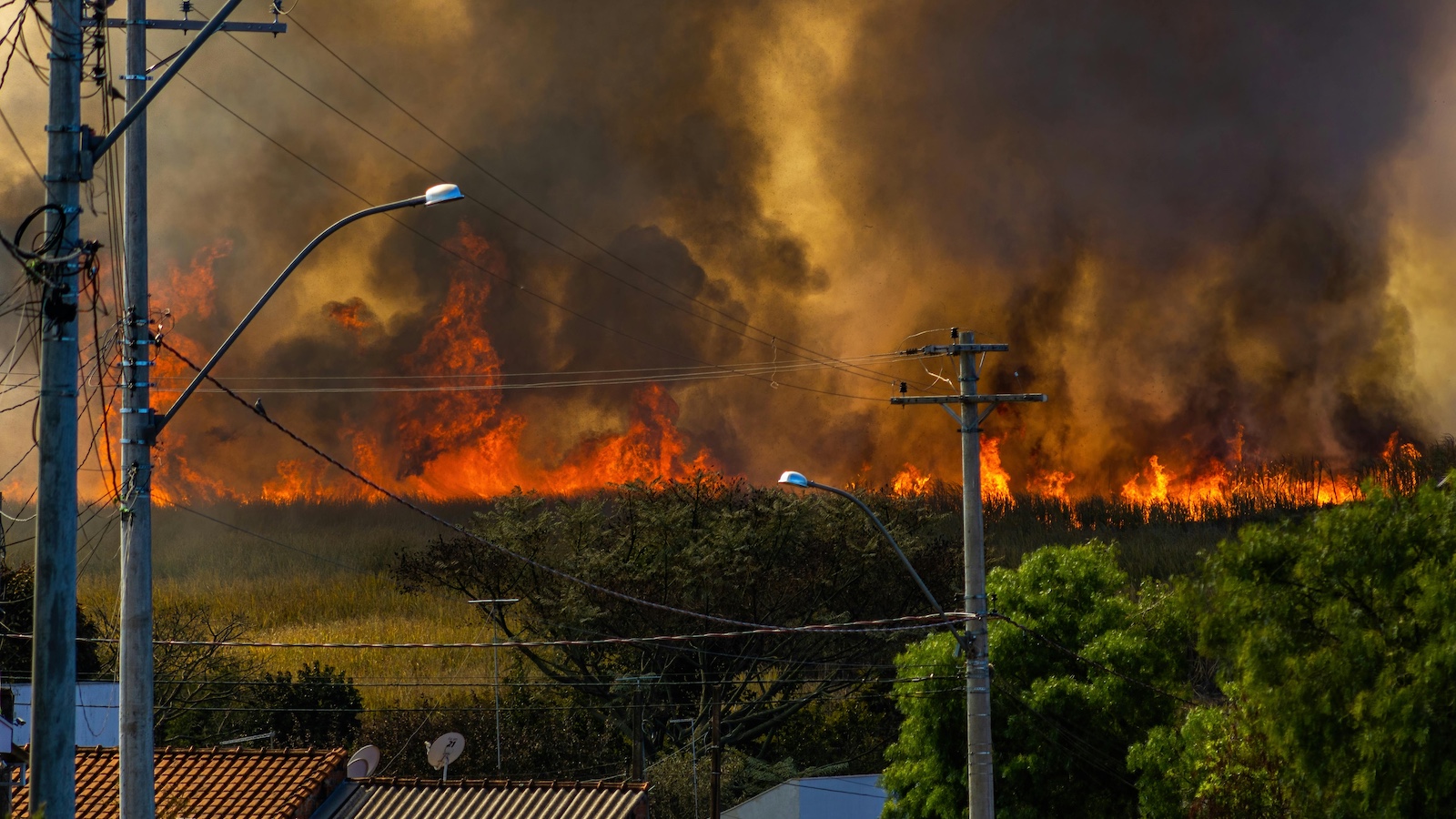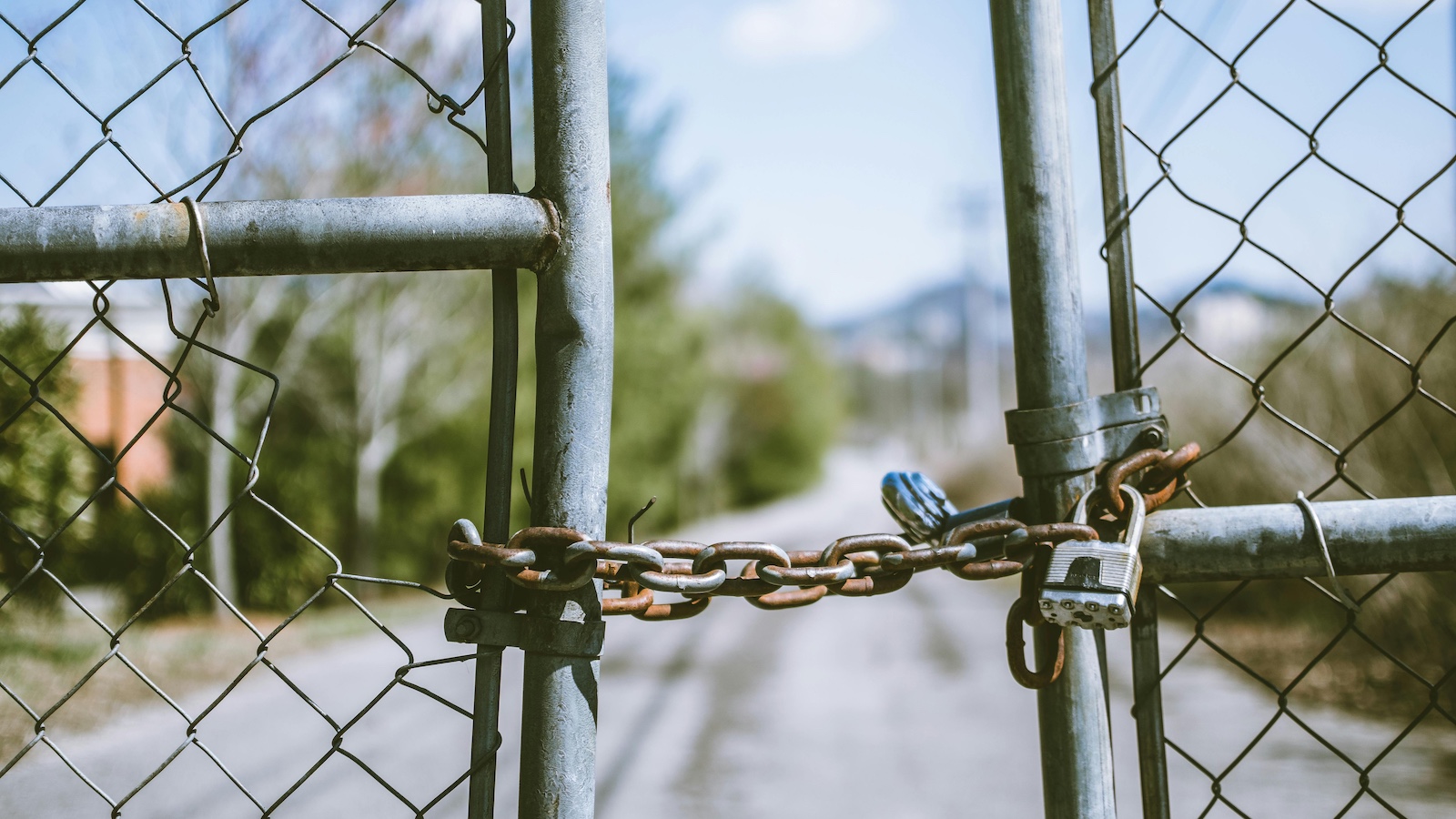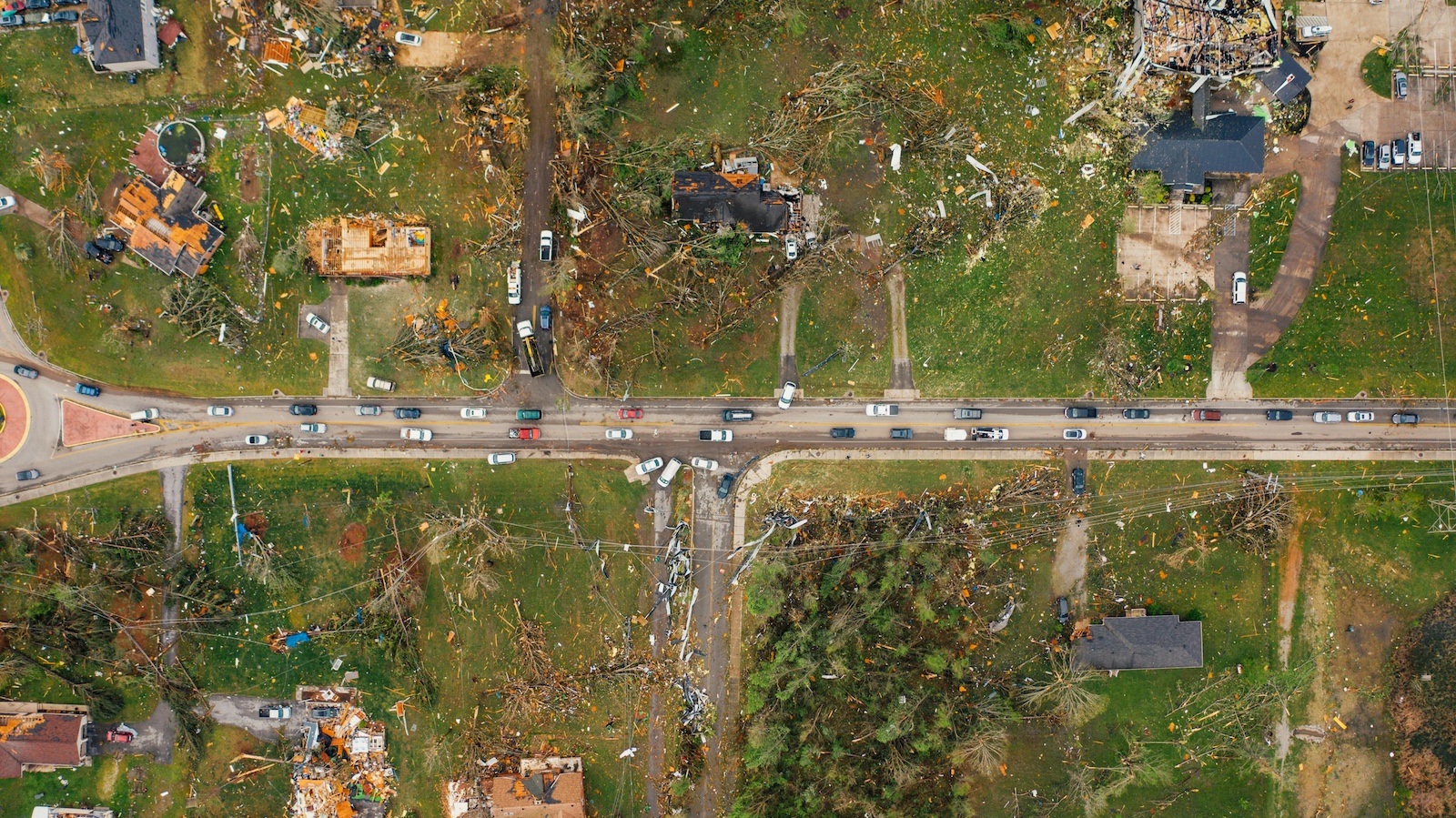Campus safety and security is a topic of increasing concern on both a personal and institutional level. On-campus shootings can no longer be viewed as singular, isolated events. The good news is that the chance of an active shooter incident taking place on campus is pretty small. However, because of the random nature of such events, all institutions need to be prepared. Planning for an active shooter threat has become an unfortunately necessary part of the framework of institutional safety and risk management best practices.
Active Shooter Defined
According to the U.S. Department of Homeland Security, an active shooter is an individual actively engaged in killing or attempting to kill people in a confined and populated area; in most cases, active shooters use firearms(s), and there is no pattern or method to their selection of victims. Active shooter situations are unpredictable and evolve quickly. Typically, the immediate deployment of law enforcement is required to stop the shooting and mitigate harm to victims. Because active shooter situations are often over within 10 to 15 minutes, before law enforcement arrives on the scene, individuals must be prepared both mentally and physically to deal with an active shooter situation.
Colleges and universities understand the need for emergency response plans for many different types of disasters and typically already have processes and procedures in place to address multiple types of disasters. Planning for an active shooter threat can and should be integrated into an institution’s overall emergency and disaster preparedness plans. While many of the components are similar for most natural and man-made disasters, the inclusion of an active shooter plan generates an even greater immediacy for response. There are several considerations when it comes to the development and implementation of an emergency response plan to address any threat. These include the three Ps: Prevention, Preparedness and Post-Event Management and Recovery, each of which will be discussed in greater detail below.
See Also: "Boss, Can I Carry While I'm Working?"
Engage in Threat Assessment
Probing how threats develop can mitigate, diffuse or even eliminate a situation before it occurs. Active shooters do not develop in a vacuum. A joint study by the U.S. Department of Education, the Secret Service and the Federal Bureau of Investigation concluded that individual attackers do not simply “snap” before engaging in violence; rather, they often exhibit behaviors that signal an attack is going to occur. The study recommends the use of threat assessment teams to identify and respond to students and employees.
As part of the threat identification and assessment process, an institution may elect to conduct pre-employment background checks to identify past patterns of violent behavior. While the background check process may not be a perfect indicator of future behavior, it does provide a useful mechanism for vetting a prospective employee. If triggering behavior is found, the threat assessment team can be used to evaluate the information and determine whether further action or intervention is needed.
Encourage Training and Education
An essential component of prevention is training the campus community on how to identify both trigger behaviors and events that may trigger a potential incident.
Supervisor and Faculty Training: Train faculty on how to recognize early warning signs of individuals in distress. Supervisors/faculty should be aware of major personal events in the lives of their employees, as many incidents of violence occur in close proximity to such events.
Student/Community Training: Educate the campus community on how to recognize warning signs of individuals in distress and provide a mechanism for sharing that information.
Develop and Communicate Reporting Procedures
All employees and students should know how and where to report violent acts or threats of violence. Information regarding the function of the threat assessment team or other similar programs should be provided to the entire campus community. The institution should also have an internal tracking system of all threats and incidents of violence.
Continuing Staff and Student Evaluations
When appropriate, obtain psychological evaluations for students or employees exhibiting seriously dysfunctional behaviors.
Leverage Community Relationships
There are many programs and resources in communities that can assist with the development of active shooter response plans.
Include local law enforcement agencies, SWAT teams and fire and emergency responders in early stages of the plan development to promote good relations and to help the agencies become more familiar with the campus environment and facilities. The police can explain what actions they typically take during incidents involving threats and active violence situations that can be included in the institution’s plan. Provide police with floor plans and the ability to access locked and secured areas.
Invite law enforcement agencies, SWAT teams and security experts to educate employees on how to recognize and respond to violence on campus. Such experts can provide crime prevention information, conduct building security inspections and teach individuals how to react and avoid becoming a victim.
Review Resources and Security
Periodic review of security policies and procedures will help minimize the institution’s vulnerability to violence and other forms of crime.
- Routinely inspect and test appropriate physical security measures such as electronic access control systems, silent alarms and closed-circuit cameras in a manner consistent with applicable state and federal laws.
- Conduct risk assessments to determine mitigation strategies at points of entry.
- Develop, maintain and review systems for automatic lockdown. Conduct lockdown training routinely.
- Place active shooter trauma kits in various locations on the campus. Train employees on how to control hemorrhaging, including the use of tourniquets.
- Provide panic or silent alarms in high-risk areas such as main reception locations and the human resources department.
- Implement an emergency reverse 911 system to alert individuals both on and off campus. Periodically test the system to serve as training and verification that the equipment is functioning properly.
- Equip all doors so that they lock from the inside.
- Install a telephone or other type of emergency call system in every room.
- Install an external communication system to alert individuals outside the facility.
Develop and Communicate Lockdown Procedures
Lockdown is a procedure used when there is an immediate threat to the building occupants. Institutions should have at least two levels of lockdown – sometimes called “hard lockdown” and “soft lockdown.”
Hard Lockdown: This is the usual response when there is an intruder inside the building or if there is another serious, immediate threat. In the event of a hard lockdown, students, faculty and staff are instructed to secure themselves in the room they are in and not to leave until the situation has been curtailed. This allows emergency responders to secure the students and staff in place, address the immediate threat and remove any innocent bystanders to an area of safety.
Soft Lockdown: This is used when there is a threat outside the building but there is no immediate threat to individuals inside the building. During a soft lockdown, the building perimeter is secured and staff members are stationed at the doors to be sure no one goes in or out of the facility. Depending on the situation, activities may take place as usual. A soft lockdown might be appropriate if the police are looking for a felon in the area or if there is a toxic spill or other threat where individuals are safer and better managed inside.
Evacuation Procedures Communication/Training
Evacuation of the facility can follow the same routes used for fire evacuation if the incident is confined to a specific location. Otherwise, other exits may need to be considered. Designate a floor or location monitor to assist with the evacuation and inventory of evacuees for accountability to authorities. Establish a meeting point away from the facility.
Develop a Communication System
Perhaps the most crucial component of an active shooter response plan is the network of communication systems. Immediate activation of systems is critical to saving lives because many mass shootings are over and bystanders are injured or dead before police can respond.
Create a Crisis Response Box
A crisis response box has one primary purpose: provide immediate information to designated campus staff for effective management of a major critical incident.
If a crisis is in progress, this is not the time to collect information. It is the time to act upon information.
Knowing what information to collect, how to organize it and how to use it during a crisis can mean faster response time.
Create an Incident Command Center Plan
The National Incident Management System (NIMS) is a nationally recognized emergency operations plan that is adapted for large critical incidents where multi-agency response is required. NIMS facilitates priority-setting, interagency cooperation and the efficient flow of resources and information.
The location of an incident command center should be in a secure area within sight and sound of potential incidents with staging areas located nearby.
See Also: Thought Leader in Action: At U. of C.
- POST-EVENT MANAGEMENT AND RECOVERY
To ensure a smooth transition from response to recovery, plans that went into effect during the event should be de-escalated and integrated into the plan for moving forward. This will include aspects such as:
- Media and information management
- Impact assessment
- Facility and environmental rebuilding
- Restoring student, staff and community confidence
Conclusion
Though an active shooter situation is unlikely to occur at most colleges and universities, it is still essential to be prepared. Failure to do so can cause the loss of lives, severe financial repercussions and reputational damage that could take years to reverse.
Additional resources for university risk managers and administrators are available in the complete Encampus Active Shooter Resource Guide, which is available for download
here.






